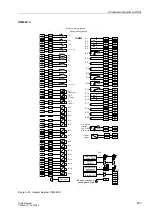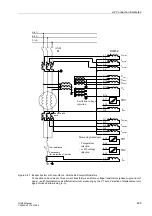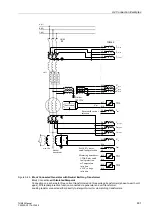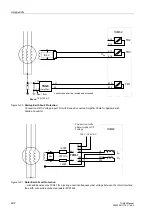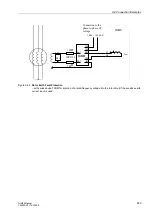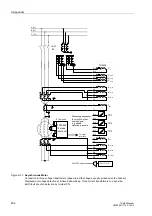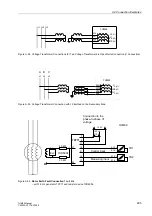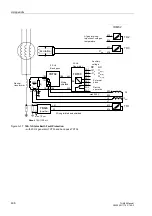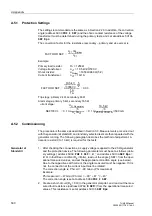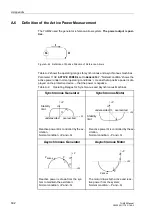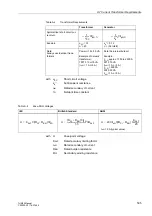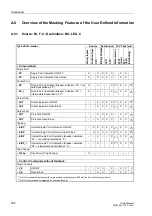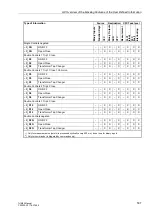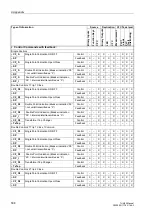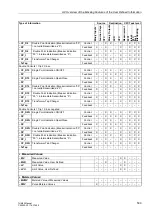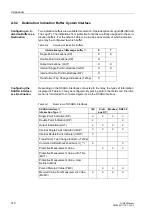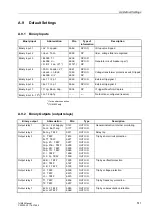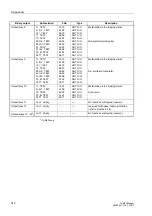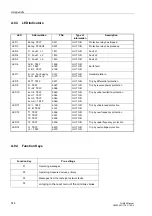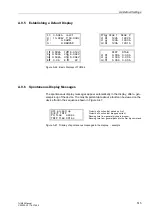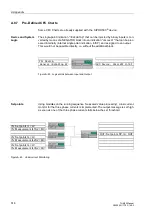
A.5 100–% Stator Earth Fault Protection with Primary Load Resistor
501
7UM62 Manual
C53000-G1176-C149-3
3. Insert now on the primary side a resistance which corresponds to the tripping val-
ue (e.g. 2 k
Ω
). Check the measured fault resistance (
). If this resistance
differs very much from the value expected, modify
accordingly and, if
necessary, make a fine adjustment with the correction angle (
Read out now the fault resistance, and set this value as the tripping threshold at
address
Next, insert a fault resistance for the alarm stage (e.g. 5 k
Ω
) on the primary side,
and read out the fault resistance (
) from the operational measured values.
This value is set at address
as
4. Finally, a series of measurements is performed, starting with 0 k
Ω
and proceeding
in steps of 1 k
Ω
. If changes are made to the correction angle (
) or to
the contact resistance (
), the settings for the trip stage (
and the alarm stage (
) must be matched as required.
Running Generator
With the generator running the trip stage and the alarm stage must be checked. Again,
insert a fault resistance on the primary side, and check the fault resistance in the op-
erational measured values. If the resistance differs from the values at standstill, the
correction angle and/or the transfer resistance can be somewhat modified. To do so,
adapt the settings at address
and
. These
values are also active with the generator at stand-still.

